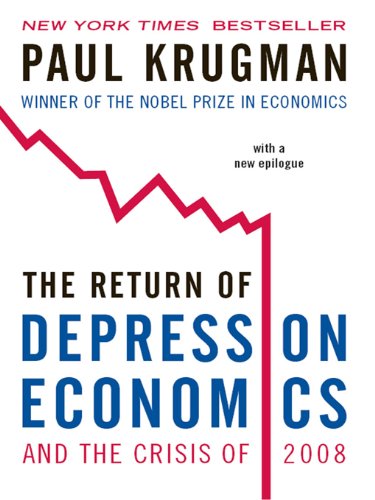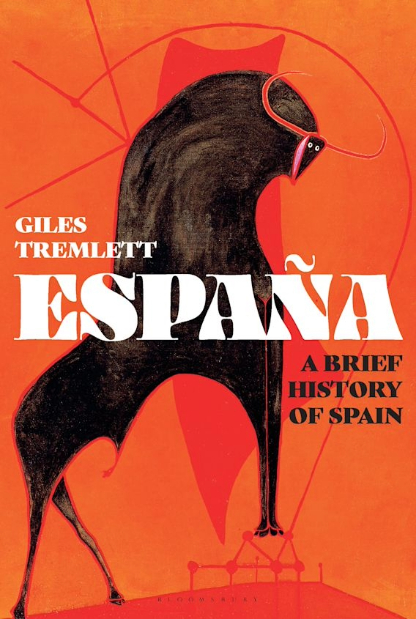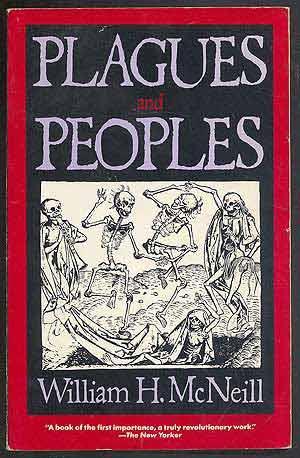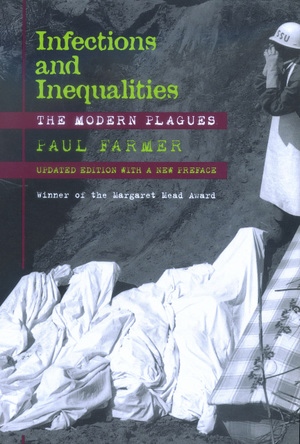The New Authoritarians: Convergence on the Right, David Renton, Haymarket Books, 2019, pp. 280, ISBN 978-1-60846-908-6
The right is on the rise in Europe and around the world. In 2016 and 2017, we saw the referendum victory of Brexit in the United Kingdom, the election of Donald Trump and the second place of Marine Le Pen in the French Presidential election. According to David Renton, a barrister and historian whose previous books on the right include Fascism: Theory and Practice (1999) and Fascism, Anti-Fascism and the 1940s, the success of these movements is due to the convergence on the right between the conservatives and the far-right. In other words, the mainstream right has embraced the ideas of the far-right, while the far-right has disassociated itself from fascism, although retaining its exclusionary and oppressive policies.
This convergence has led to the rise of a new and dangerous politics. In Europe alone, previously marginal xenophobic and racist ideas on immigrants of Geert Wilders and his Party for Freedom have now found their way in the policies of the centre-right People’s Party, who by embracing them has raised their electoral vote. In Austria, the far-right Freedom Party, whose leader Heinz-Christian Strache had taken part in military exercises of a far-right group Wiking-Jugend, and whose members openly share their admiration for Hitler, took 3rd place in the 2017 snap-election and entered into coalition with Sebastian Kurtz’s People’s Party. As a result, the governing coalition reduced benefits for refugees and promised to criminalize the niqab. In Poland, the Law and Justice Party promotes a particularly toxic strain of nationalism, which seeks to demonize refugees by, among other things, portraying them as a biological threat to the nation. In the Czech Republic, President Miloš Zeman chose to spend the anniversary of the Velvet Revolution alongside a virulent Islamophobe Martin Konvička, who has staged “Muslim invasions” in Prague, and whose organization “Bloc Against Islam” continues to spew hatred. In Hungary, refugees are placed in cages while Viktor Orban increasingly concentrates all state powers in his hands. Jair Bolsonaro in Brazil threatens to destroy the Amazon as well as the Left. Examples, unfortunately, abound.
Crucial to Renton’s argument is his distinction between conservatism, the non-fascist far-right and fascism. While the boundaries between conservatism and the far-right are malleable, fascism differs in its reactionary commitment to mass politics, rallies, marches and perhaps most crucially, physical violence against its opponents. Renton believes that by rejecting the violently performative politics of fascism, the far-right has managed to contain its ideas within the electoral system and thereby ally itself with the conservatives. However, its transformation was successful in part because of the transformation of the right and what Renton calls the “legacy of 1939-1945”. This legacy of the struggle between democracies and Nazism anchored popular views on the right and the far-right. The War played a major role in the shared memory of a generation and bound the continent of Europe together. However, 9/11 changed that. The War was replaced by a collective politics of fear of the Other and, particularly, Islam, which provided a new structure and justification for politics that sought to protect the nation. Post 9/11 governments have found it easier to justify its oppressive policies because the point of reference ceased to be the War. Given the far-rights rejection of fascism and their previous incompatibility due to their xenophobic and racist views now removed, the mainstream conservative movement found a natural ally in these groups for their rule.
Offering three case studies of the convergence, Renton analyzes the process as it developed in Britain, the United States and France. He also exposes international links between various far-right groups and their mutual support for each other. For example, the former Chief Strategist to the President of the United States, Steve Bannon appeared at the annual convention of the Front National. Marion Le Pen, Marine’s sister, spoke at the annual CPAC conference, while Nigel Farage regularly appeared on Fox News to offer commentary. Mateo Salvini met with Donald Trump before Trump’s election. Renton, in turn, locates these preset-day links to the historical ascendancy of capital over labour, a process began in the 1980s with the rise of Thatcher and Regan and their brutal assault on the welfare state and labour unions. As Renton states, “their elections were sufficient to change the economic orthodoxy across Europe and the west, and to shift politics everywhere to the right” (p.183). Treating the right as a spatio-temporal phenomenon, the shift to the right led to a closer approximation of views of the mainstream and what had previously been considered “far.”
However, the left is to blame as well, as Renton correctly points out. He is incorrect to point to a specific moment in time, which led to the disillusionment of voters with the centre-left and left-wing governments. For Renton, the 2008 economic crisis, in which the centre-left and left chose to subsidize the banks without modifying the systemic nature that led to the crash and the subsequent implementation of austerity measures, was the defining moment which led to the shift among voters to more subversive elements of the political spectrum. However, this decision was merely a continuation of policies adopted by the electoral left, which has rejected any alternatives to the capitalist mode of development. As Renton himself recognizes earlier in the book when he offers the examples of the Social Democratic Party of Germany and the Italian Communist Party who have officially adopted parliamentary politics as a way of achieving change, or in the case of the latter, merged into new centrist parties. By accepting the parliamentary system as it is and as the vehicle for change, these parties implicitly adopted the capitalist framework which sustains it, which in turn limited the possibility of alternatives the Left could offer to the unfolding periodic crises of capitalism.
According to Renton, we are living in a post-fascist moment, where although far-right thrives, fascism is yet to emerge. Far-right has formed parties and has social movements, but the unifying factor remains racism and xenophobia, rather than fascism. Nonetheless, the more strength this movement and these ideas gain, the more likely that politics will once again mutate and may take a more dangerous form. Renton calls on the Left to organize to stem the rising tide of the left and confront it by offering alternatives, defending itself and the oppressed and exposing the alliance between conservatives and the far-right racists.
The New Authoritarians places too much emphasis on fascism as an organized commitment to physical violence and overlooks the potential harm in the State adopting racist policies. Renton’s working definition of fascism as an ideology that seeks to “advance capitalist technology while restoring society to the class peace” and reverse the development of universal health care and other non-market rights could easily be the working definition of capitalism itself, which as a system continually commodifies every aspect of life in the pursuit of profit. Therefore, fascism as violence reduces a dangerous ideology to individual physical harm that can be traced to an organized group. A migrant does not have to be killed by a racist to suffer from racist policies adopted by the State. How many thousands have died on their way to Europe? Their deaths are the direct product of policies adopted by those governments in coalition with the far-right. Perhaps it is the mainstream right that mutated after all.




